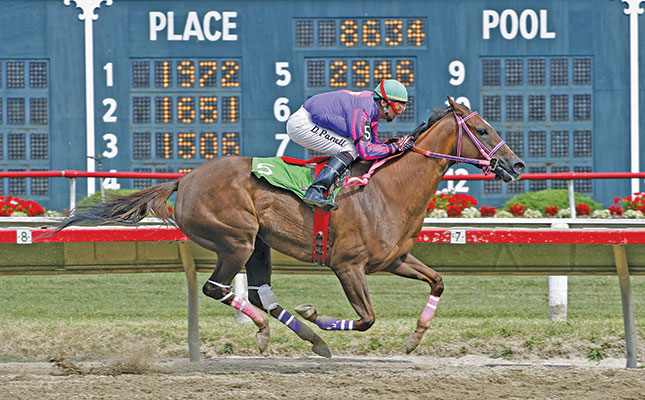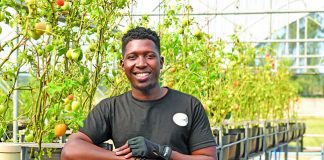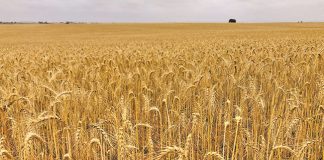
Photo: Wikimedia Commons
A racehorse, like any athlete, cannot perform well if its lungs receive too little oxygen. Although collapse of the upper airways also occurs in draught horses and Warmbloods, it has the greatest impact on English Thoroughbreds, as it stops them running fast enough to win a race.
READ Cost-saving tips for horse owners
The condition was previously referred to as ‘roaring’, as the affected horse breathed so loudly at the gallop that it almost sounded like a lion roaring. The modern term for this syndrome is exercise-induced upper airway collapse (UAC). It occurs when the stabilising muscles in the upper airway cannot withstand the sudden changes in airflow and pressure at fast gaits.
Possible causes of UAC include laryngeal hemiplegia (paralysis of the cartilages at the rear of the larynx – the most common cause); dorsal displacement of the soft palate; epiglottic entrapment; and cysts in the lower part of the larynx.
New study
Currently, UAC is often treated surgically. Complications arise, however, when the airway does not open wide enough after surgery: horses may struggle to swallow food and water properly and develop a chronic cough.
However, recent research suggests that using a specialised nose mask during exercise, similar to those used for respiratory problems in humans, could help horses breathe better at the gallop.
READ How stress influences the health and behaviour of horses
Racehorses that were already in training and had been diagnosed with UAC were selected for participation in the study. The researchers devised a specialised face mask comparable to that used to treat human athletes with similar problems, but modified to fit easily over both nostrils of a horse with a bit in its mouth.
Pipes were fitted to the mask so that the researchers could regulate the volume of air entering the horse’s respiratory tract.
The masked horses were exercised at the gallop for three minutes, rested for two minutes, and then galloped again for three minutes, while the air pressure in the masks was monitored and gradually increased.
The aim of this experimental treatment was to progressively exercise and strengthen the structures in the upper respiratory tract by steadily increasing the air pressure in the masks, forcing the horse to breathe harder over time.
The exercise programme lasted 10 weeks and the horses were exercised with the mask on five or six days a week. To comply with Jockey Club rules, horses that were entered for races did not wear the mask while exercising on the two days before the race.
Results
It was found that the horses tolerated the masks well. Approximately one-third showed a marked improvement in their respiration by the end of the study period.
Moreover, endoscopic examination indicated visible structural improvements in their upper respiratory systems, which had included vocal fold collapse, palate instability, and intermittent dorsal displacement of the soft palate.
Further research is needed over a longer period. However, the results obtained so far are promising. In future, a standardised method for improving respiratory function using the kind of physiotherapeutic measures that have been successful in human patients could be developed for racehorses.
Building up the inspiratory muscles through exercise routines with a face mask could decrease the need for surgery and in some cases save the lives of affected racehorses. It could also perhaps be used for other horses in disciplines such as showjumping and eventing.
Source: Fitzharris, LE et al. 2021. ‘Inspiratory muscle training for the treatment of dynamic upper airway collapse in racehorses: A preliminary investigation. The Veterinary Journal. 275:105708. doi: 10.1016/j.tvjl.2021.105708.
Dr Mac is an academic, a practising equine veterinarian and a stud owner.










